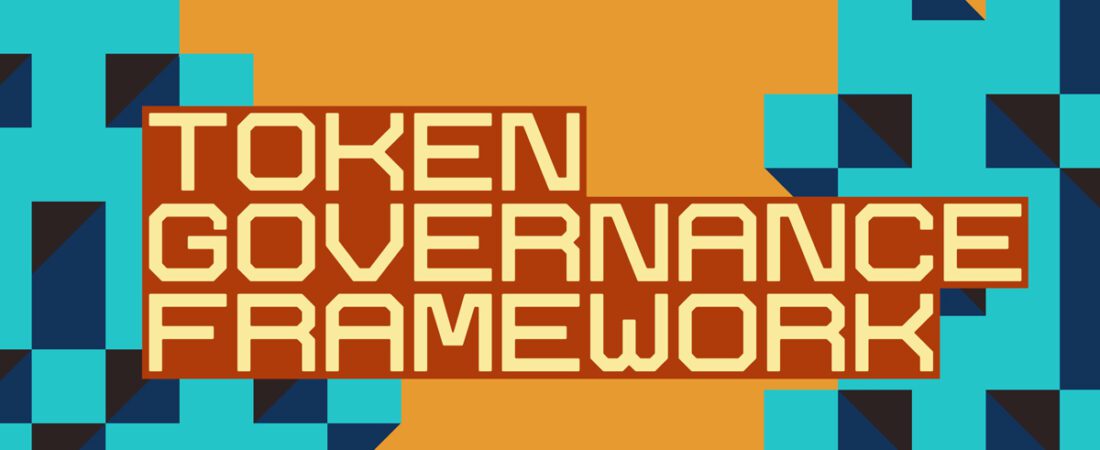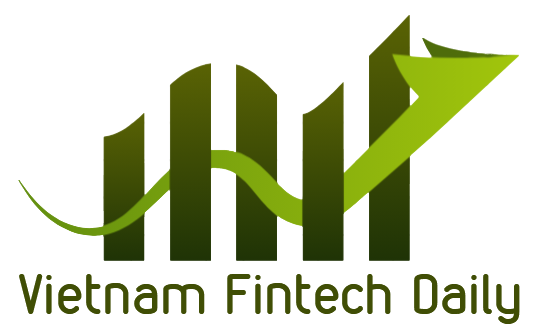Essential Guide to Governance Tokens in Blockchain: Empowering Decentralized Finance Through User Participation


In the evolving world of blockchain and decentralized finance, the question of which tokens should include governance rights has become increasingly important. Governance tokens play a central role in how projects are managed, offering holders the ability to participate in key decision-making processes. Understanding which tokens should carry these rights depends on both the function of the token and the goals of the ecosystem.
Governance tokens are typically designed to empower users to shape the direction of a protocol or platform. They differ from utility tokens, which grant access to specific services or features, by giving holders the ability to vote on proposals that influence upgrades, fee structures, development priorities, and how treasury funds are used. This distribution of power is meant to foster community-driven development and minimize centralized control.
Not every token in a given ecosystem should necessarily have governance rights. Including governance features in a token depends on several factors:
– **Purpose of the token**: If a token is meant to represent ownership or a stake in the future direction of the protocol, governance rights are logical. This is often the case for tokens in decentralized autonomous organizations (DAOs) and many DeFi protocols.
– **Community and participation**: Tokens that are widely distributed and held by an active user base are strong candidates for governance, as this supports greater decentralization and input.
– **Platform stability**: New protocols may restrict governance rights until the platform matures, as early, uninformed votes could introduce risks. Some projects even start with centralized control and grant governance rights as the community grows and becomes more engaged.
– **Tokenomics**: Careful design is needed to ensure that voting power aligns with the values and needs of the community. If voting is solely based on token holdings (one token, one vote), there is a risk that a small group with a large stake could dominate decisions.
Examples of major projects that use governance tokens include Maker (MKR), Compound (COMP), Uniswap (UNI), and Aave (AAVE). In each of these cases, the governance token is core to the project’s long-term vision, allowing decisions such as protocol upgrades or allocation of treasury funds to be enacted through community votes.
Ultimately, governance rights should be embedded in tokens when they enhance transparency, decentralization, and meaningful user participation—without undermining the security or stability of the protocol. Thoughtful governance token design is critical to building resilient and adaptive decentralized systems.

Leave a Comment